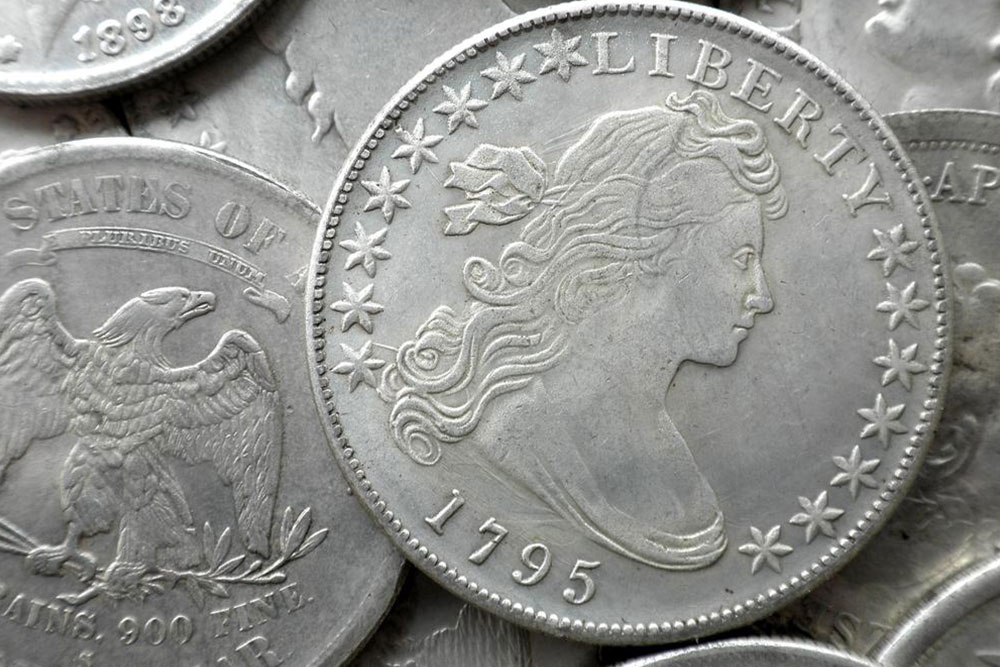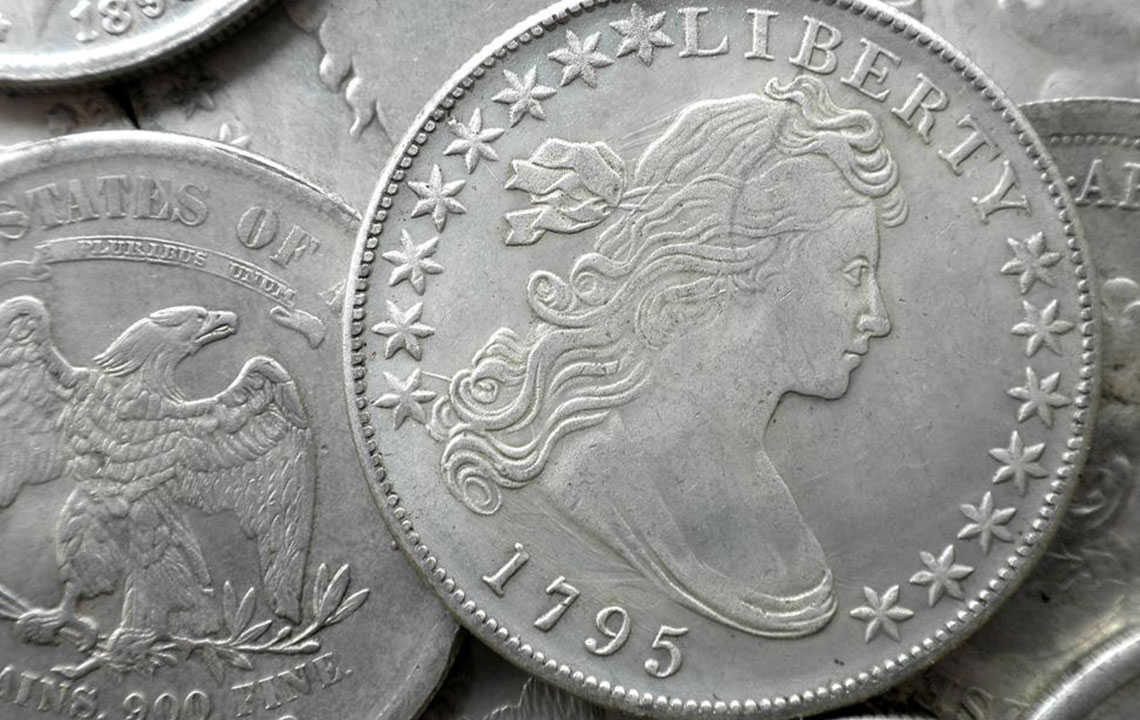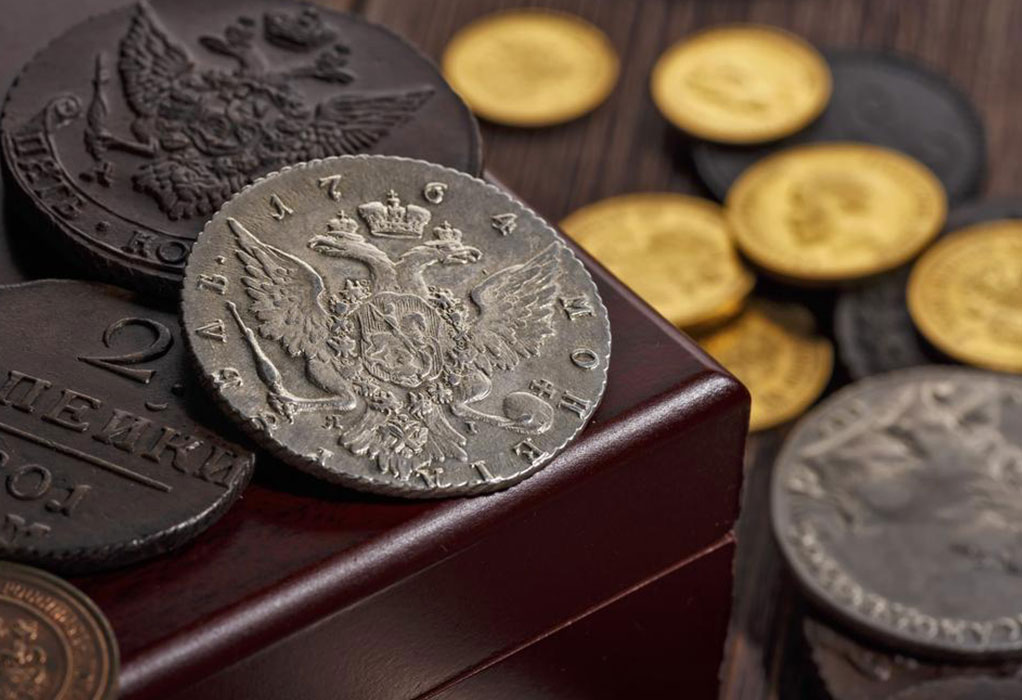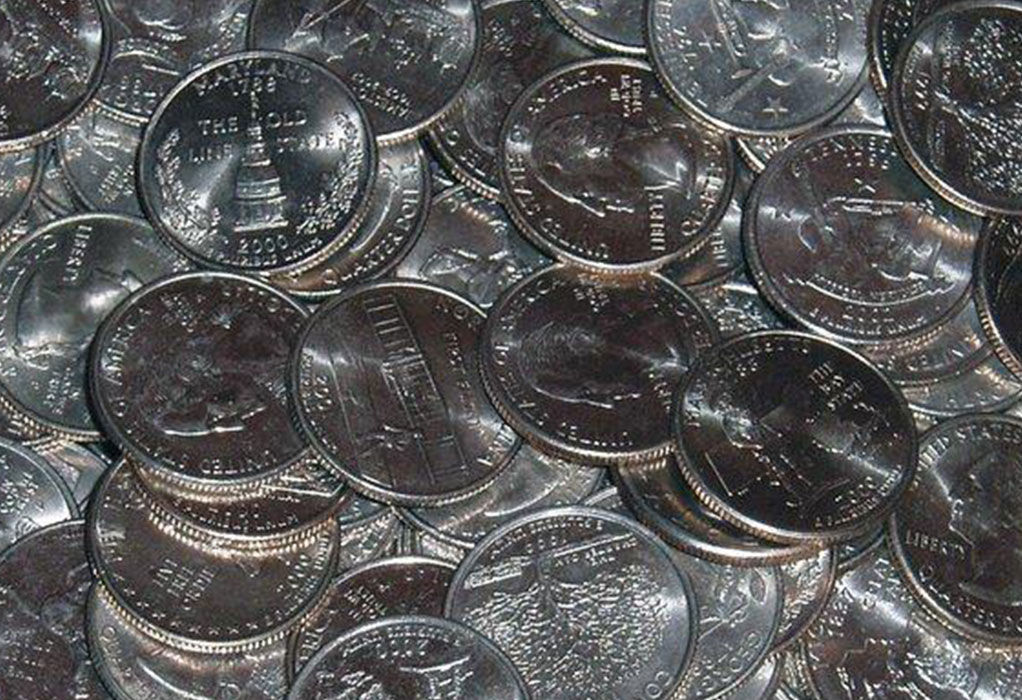Comprehensive Guide to Silver Coins: Types, Valuation Techniques, and Investment Insights
This comprehensive guide explores the varieties of silver coins, including bullion, junk, numismatic, and rounds, highlighting factors that determine their value. It covers assessment methods such as condition, rarity, and grading, providing essential tips for investors and collectors. Silver coins serve as a tangible, liquid asset with potential for appreciation, especially when carefully evaluated and preserved. Whether you're new to silver coin collecting or an experienced investor, understanding these basics helps make informed decisions and maximize investment returns in the silver market.
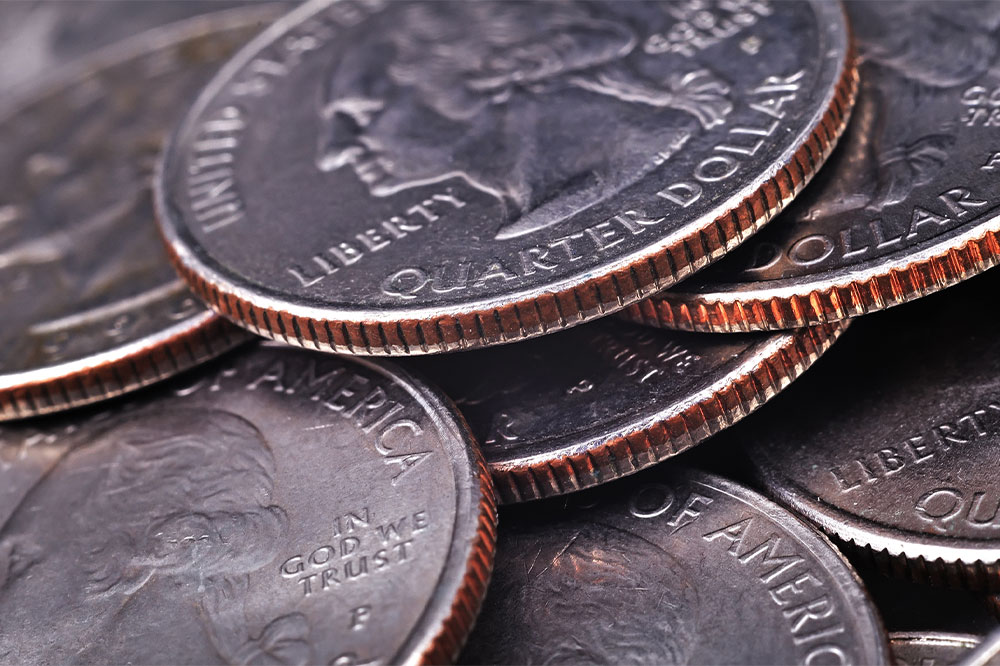
Comprehensive Guide to Silver Coins: Types, Valuation Techniques, and Investment Insights
Silver coins have long been valued not only for their intrinsic worth but also for their historical significance and collectible appeal. Their value is influenced by factors such as silver purity, rarity, and condition. Collectors and investors alike find silver coins an attractive option for diversifying their portfolios and preserving wealth, especially during economic uncertainties. To make informed decisions in buying, selling, or appraising silver coins, it is crucial to understand the various types and the techniques used to assess their worth.
Silver coins, predominantly composed of at least 90% pure silver, usually contain a mixture of silver and copper. This composition enhances durability while maintaining their metal value. Depending on their design, age, and rarity, silver coins can range from modestly priced collectibles to expensive investment pieces worth thousands of dollars. These coins are often decorated with symbols, images, or figures that represent national identity, historical milestones, or cultural heritage. Their aesthetic appeal and historical context contribute significantly to their collectability and, consequently, their market value.
Evaluating the true worth of a silver coin can sometimes be challenging due to the myriad of factors involved. Several valuation charts, expert opinions, and market trends help determine the current market value of these coins. Understanding the various classifications of silver coins can significantly aid in this process.
Types of Silver Coins and Their Features
Bullion Coins: Investment-Grade Silver Coins
One of the most common forms of silver coins is bullion coins, which are primarily produced for investment purposes. These coins are made of highly refined silver and often have a standardized weight and purity, usually 99.9%. Governments issue bullion coins with guaranteed weight and purity, making them a reliable choice for investors. Popular examples include the American Silver Eagle, Canadian Silver Maple Leaf, and the British Silver Britannia. These coins often carry a face value, but their real worth is determined by their silver content and market price.
Junk Silver: Circulated Silver Coins
Junk silver refers to circulated coins with a high silver content, typically 90% or more, but with no face value significance. Pre-1964 quarters, dimes, Roosevelt dimes, Morgan dollars, and Franklin half-dollars are classic examples of junk silver. These coins are valued based on their silver weight rather than their face value or collectible status. Investors and barter traders favor junk silver because it retains high liquidity and can be quickly sold or exchanged for cash or other assets. Collectors may also value them for their historical significance and silver content.
Junk silver coins carry the advantage of being easily recognizable and widely accepted for barter purposes. Their bulk prices tend to fluctuate primarily with the spot price of silver, making them a straightforward investment option for those seeking to own physical silver without the complexities of grading or rarity considerations.
Numismatic Silver Coins: Rare and Collectible
Numismatic coins are special edition or rare silver coins that have gained value not just from their silver content but also from their rarity, historical significance, and condition. These coins are highly sought after by collectors and often trade at premiums far exceeding their silver value. For example, certain historical mintages, limited editions, and coins with unique minting errors can fetch prices in the thousands or even millions of dollars at auction.
Items like the rare 1894-S Morgan dollar or certain early European silver coins fall into this category. Their value is driven by factors such as rarity, demand, aesthetic appeal, and grade — the condition of the coin.
Rounds: Premium-Quality Private Silver Coins
Produced by private mints, silver rounds are similar in appearance to official government coins but are not legal tender. They usually feature various designs, often commemorative or artistic, and are crafted to high-quality standards. Rounds tend to carry lower premiums over silver's spot price compared to official coins and are appealing to both investors and collectors seeking affordable, high-quality silver pieces.
Reasons for Investing in Silver Coins
Investing in silver coins offers a multitude of benefits. They are tangible assets, providing security during economic downturns or currency devaluations. Silver coins are highly liquid; they can be bought and sold easily around the world through numerous dealers and online platforms. Unlike stocks or bonds, silver coins do not involve counterparty risk, offering peace of mind for investors.
Moreover, they serve as a hedge against inflation and geopolitical instability, maintaining or increasing their value over time. Silver coins can be stored at home, in safety deposit boxes, or specialized storage facilities, offering flexibility and security for holders. Their collectible aspect also provides the potential for appreciation through rarity or demand shifts in the numismatic market.
Assessing the Value of Silver Coins
While professional appraisals are recommended for precise valuation, understanding the core factors impacting a coin's worth is crucial for any investor or collector. These include the coin's year of minting, mint mark, rarity, and overall condition. Mint marks indicate the production facility and can influence scarcity and value.
Condition and Preservation
The condition of a silver coin significantly affects its market value. Coins in pristine, uncirculated condition — especially those that have been carefully preserved with minimal handling and no significant surface damage — invariably command higher prices. Collectors particularly prize coins with sharp details, clear mint marks, and no scratches or blemishes.
Effect of Cleaning and Proper Handling
Cleaning silver coins can dramatically reduce their value because it can cause surface damage, scratches, and alter the patina, which are often prized by collectors. Unless professionally cleaned and graded, it is advisable to leave coins in their natural state. Proper handling involves avoiding touching the surface directly, storing coins in protective holders, and ensuring they are kept in dry, climate-controlled environments.
Professional Certification and Grading
Having a coin graded by recognized services such as PCGS or NGC can authenticate its condition and assign a standardized grade. Higher-graded coins tend to fetch premium prices at auction and in private sales. Grading considers factors like strike quality, surface preservation, and overall eye appeal. Certified coins are more trustworthy and easier to sell, especially to international buyers.
